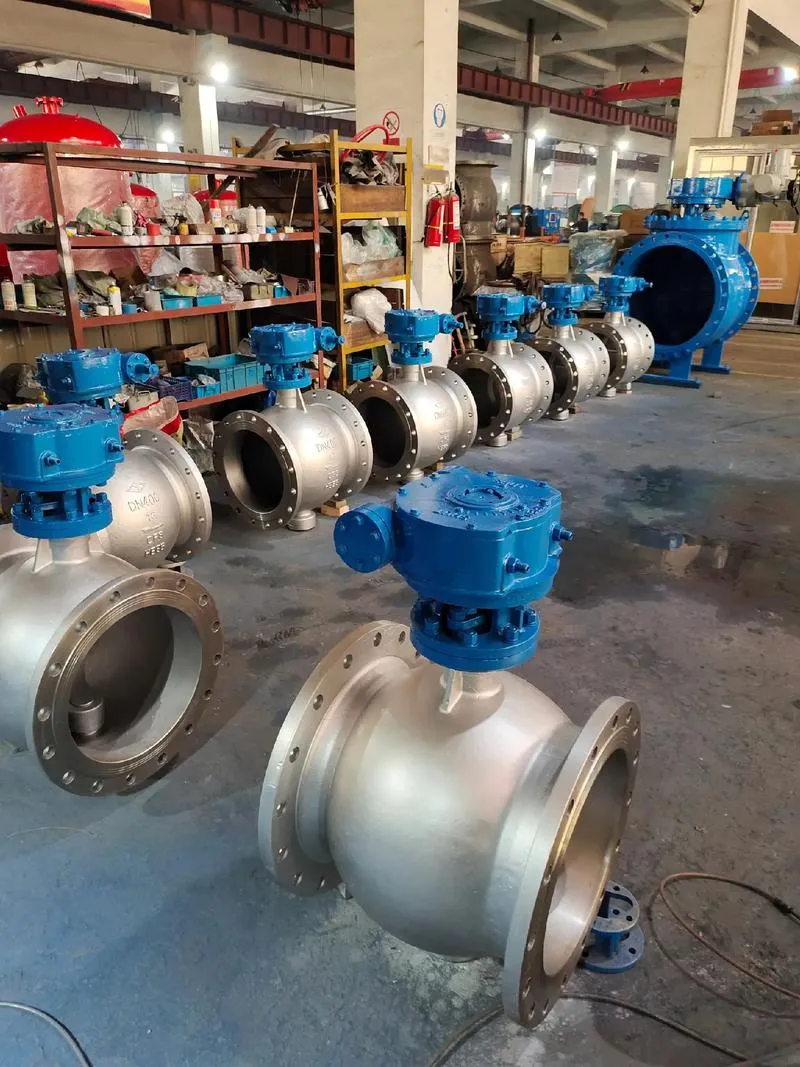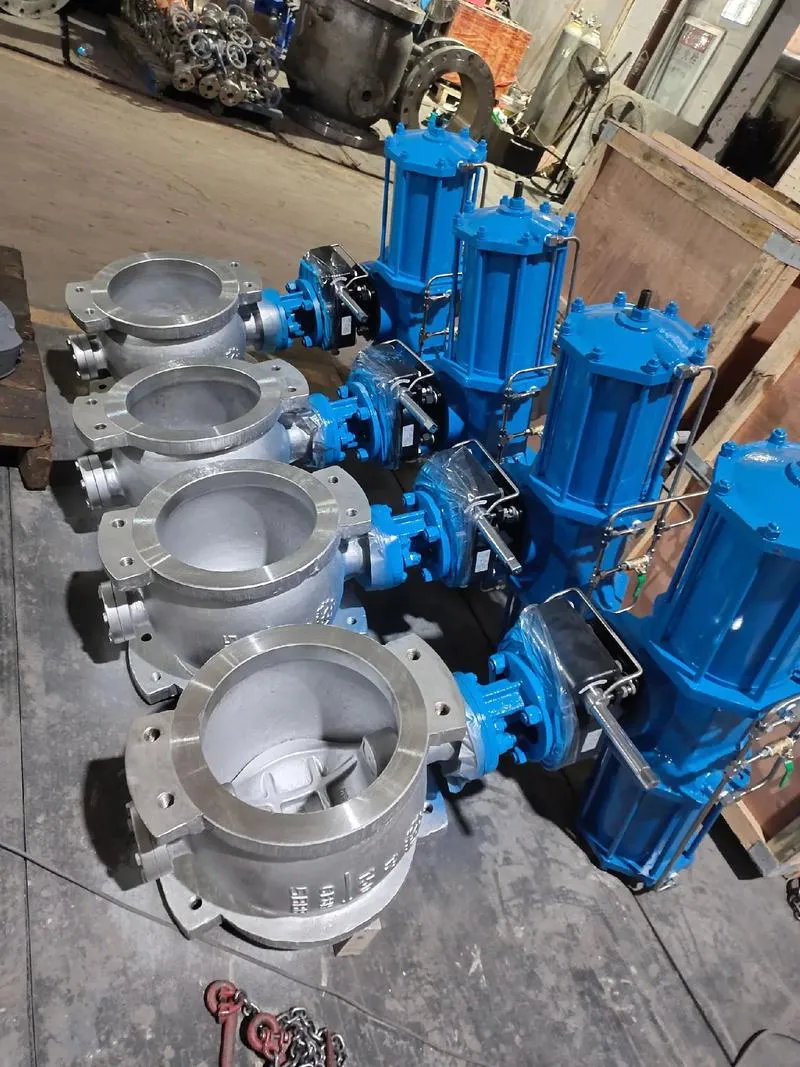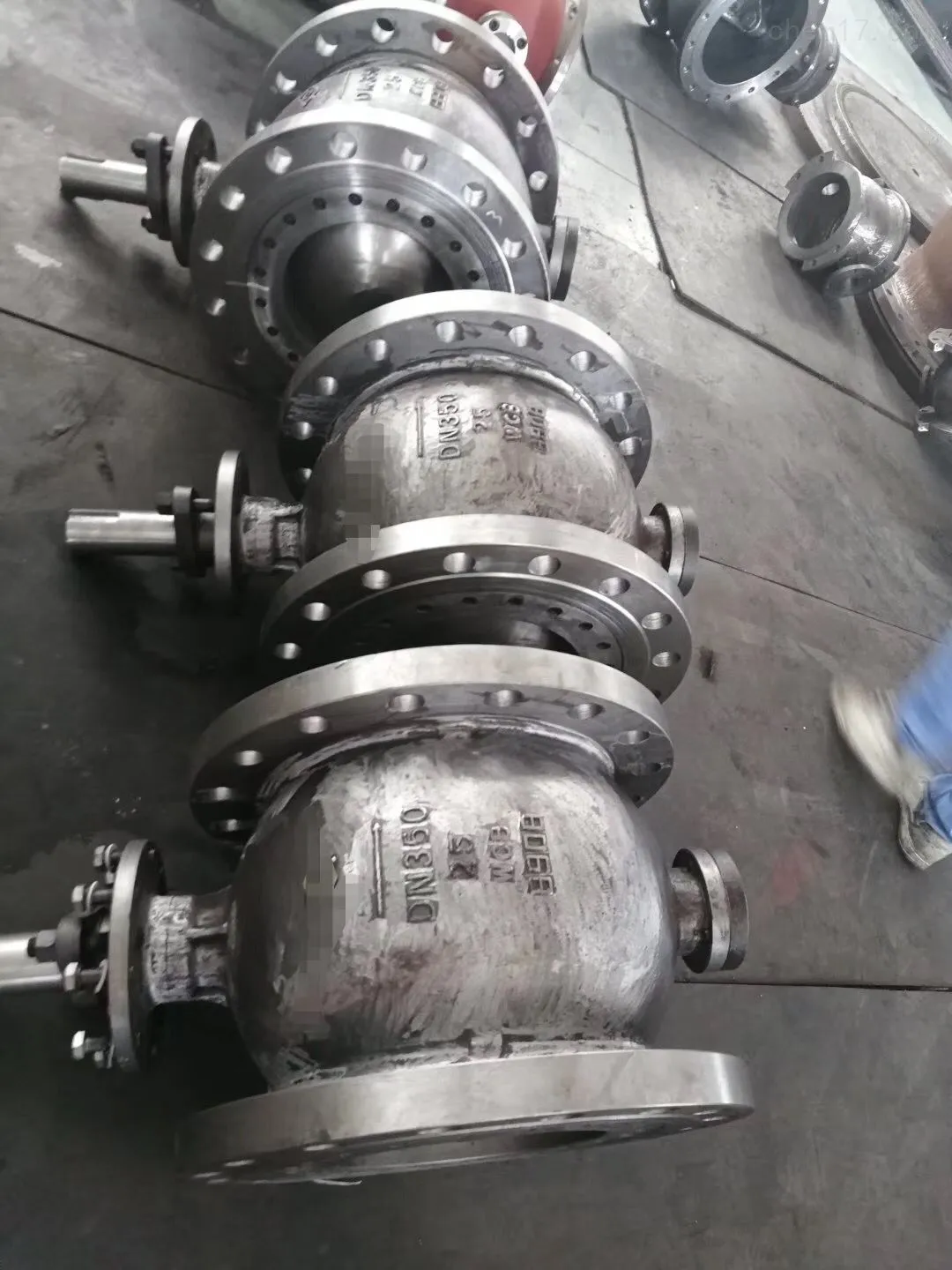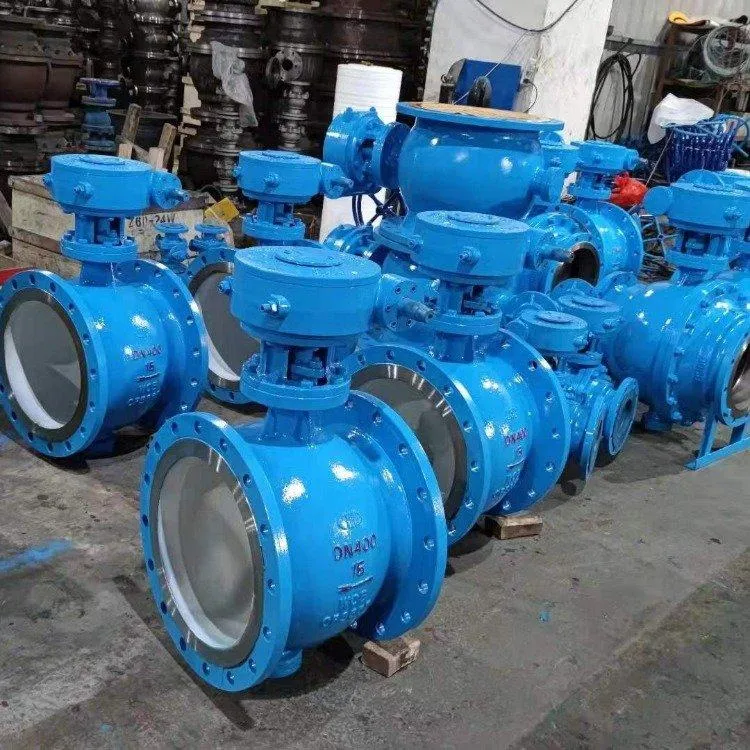Giu . 16, 2025 09:38 Torna alla lista
Essential Maintenance Tips for Trunnion Ball Valves Types
Trunnion ball valves are critical components in industrial piping systems, offering reliable shut-off and control for high-pressure applications. Their unique design, which incorporates a fixed or trunnion-mounted ball, ensures stability and durability in demanding environments. However, like all mechanical equipment, trunnion ball valves require regular maintenance to function optimally. This article explores essential maintenance practices tailored to specific ball valves types, including ball bearing check valve, threaded ball check valve, and hydraulic ball check valve systems. By understanding the nuances of each type, operators can extend valve lifespan, prevent failures, and ensure operational efficiency.

Understanding Ball Valves Types and Their Maintenance Needs
Ball valves types vary significantly based on design, application, and material composition. Trunnion ball valves, in particular, are favored for high-pressure scenarios such as oil and gas pipelines, chemical processing, and water treatment plants. Their maintenance requirements depend on factors like sealing mechanisms, actuator compatibility, and environmental exposure.
- Inspection Routines: Regularly inspect valve bodies for cracks, corrosion, or wear. For trunnion-mounted designs, check the ball’s alignment and the integrity of the stem seals.
- Lubrication: Use manufacturer-recommended lubricants on the stem and ball surfaces to reduce friction and prevent seizing.
- Seal Replacement: Over time, seals (especially PTFE or elastomeric types) degrade. Replace them during scheduled downtime to avoid leaks.
- Pressure Testing: Conduct hydrostatic or pneumatic tests to verify the valve’s ability to withstand operational pressures.
Tailoring maintenance to the specific ball valves types ensures longevity. For example, valves in corrosive environments may need more frequent inspections, while those in clean systems might require less intervention.

Maintenance Best Practices for Ball Bearing Check Valve Systems
Ball bearing check valve designs integrate a ball-and-spring mechanism to allow unidirectional flow, preventing backflow in pipelines. These valves are common in HVAC systems, fuel delivery, and hydraulic circuits. Their maintenance focuses on ensuring smooth ball movement and spring functionality.
- Debris Removal: Contaminants like dirt or scale can hinder ball movement. Flush the valve body periodically and clean internal components.
- Spring Inspection: Check the spring for corrosion or fatigue. A weakened spring can compromise the valve’s ability to seal.
- Ball Surface Check: Examine the ball for pitting or erosion, which may allow leakage. Polish or replace the ball if necessary.
- Actuator Calibration: If the valve is automated, ensure the actuator responds correctly to control signals to avoid partial closure.
For ball bearing check valve systems, proactive maintenance prevents unexpected shutdowns and ensures consistent flow direction control.
Optimizing Performance of Threaded Ball Check Valve Assemblies
Threaded ball check valve configurations rely on threaded connections for installation, making them ideal for compact systems or retrofitting existing pipelines. Their maintenance revolves around connection integrity and internal component checks.
- Thread Inspection: Examine threads for cross-threading, galling, or corrosion. Apply thread sealant during reinstallation to prevent leaks.
- Gasket Maintenance: Replace worn gaskets between threaded joints to maintain a tight seal.
- Flow Direction Verification: Ensure the valve is installed in the correct orientation to avoid reverse flow issues.
- Vibration Analysis: Threaded connections can loosen under vibration. Use locknuts or thread-locking adhesives in high-vibration environments.
Threaded ball check valve systems benefit from meticulous attention to mechanical connections, as even minor leaks can escalate into major failures.

Ensuring Reliability in Hydraulic Ball Check Valve Applications
Hydraulic ball check valve units are pivotal in hydraulic systems, where they regulate fluid flow direction and maintain pressure. These valves face challenges like high-frequency cycling and exposure to hydraulic fluids, necessitating specialized maintenance.
- Fluid Compatibility Checks: Verify that hydraulic fluids are compatible with valve materials to prevent swelling or degradation of seals.
- Cycle Testing: Simulate operational cycles to identify sluggish ball movement or delayed response times.
- Pressure Relief Maintenance: Ensure auxiliary pressure relief mechanisms (if present) are functional to prevent overpressurization.
- Temperature Monitoring: Hydraulic systems often operate at extreme temperatures. Monitor for thermal expansion issues affecting ball seating.
For hydraulic ball check valve systems, combining fluid management with mechanical inspections ensures uninterrupted performance in critical applications.

FAQs About Trunnion Ball Valves Types
What distinguishes trunnion ball valves types from other ball valve designs?
Trunnion ball valves use a fixed ball supported by trunnions, reducing operational torque and enhancing stability under high pressure. Unlike floating ball designs, they are ideal for larger diameters and extreme conditions.
How often should a ball bearing check valve be serviced?
Service intervals depend on usage intensity. For moderate applications, inspect ball bearing check valve systems annually. In high-cycle environments, quarterly checks are advisable.
Can a threaded ball check valve be repaired if threads are damaged?
Minor thread damage can often be repaired with taps or dies. However, severely compromised threads require valve replacement to ensure leak-free performance.
What causes a hydraulic ball check valve to fail prematurely?
Common causes include incompatible hydraulic fluids, particulate contamination, or excessive cycling. Regular fluid filtration and material compatibility checks mitigate these risks.
Are trunnion ball valves types suitable for bidirectional flow?
Yes, most trunnion ball valves are bidirectional. However, always confirm with the manufacturer’s specifications, as some ball valves types may have flow-directional preferences.
Proper maintenance of trunnion ball valves—whether ball bearing check valve, threaded ball check valve, or hydraulic ball check valve systems—is essential for operational reliability. By adhering to tailored inspection routines, lubrication schedules, and component replacements, industries can maximize valve lifespan and minimize downtime. Understanding the unique demands of each ball valves type ensures that maintenance strategies are both efficient and effective, safeguarding critical infrastructure in high-stakes environments.
-
Precision Manufacturing with Advanced Spline Gauge DesignNotiziaJul.31,2025
-
Industrial-Grade Calibrated Pin Gauges for Exact MeasurementsNotiziaJul.31,2025
-
Industrial Filtration Systems Depend on Quality Filter DN50 SolutionsNotiziaJul.31,2025
-
High-Performance Gate Valve WholesaleNotiziaJul.31,2025
-
Granite Surface Plate The Ultimate Solution for Precision MeasurementNotiziaJul.31,2025
-
Granite Industrial Tools The Ultimate Guide for Bulk BuyersNotiziaJul.31,2025
Prodotti correlati









